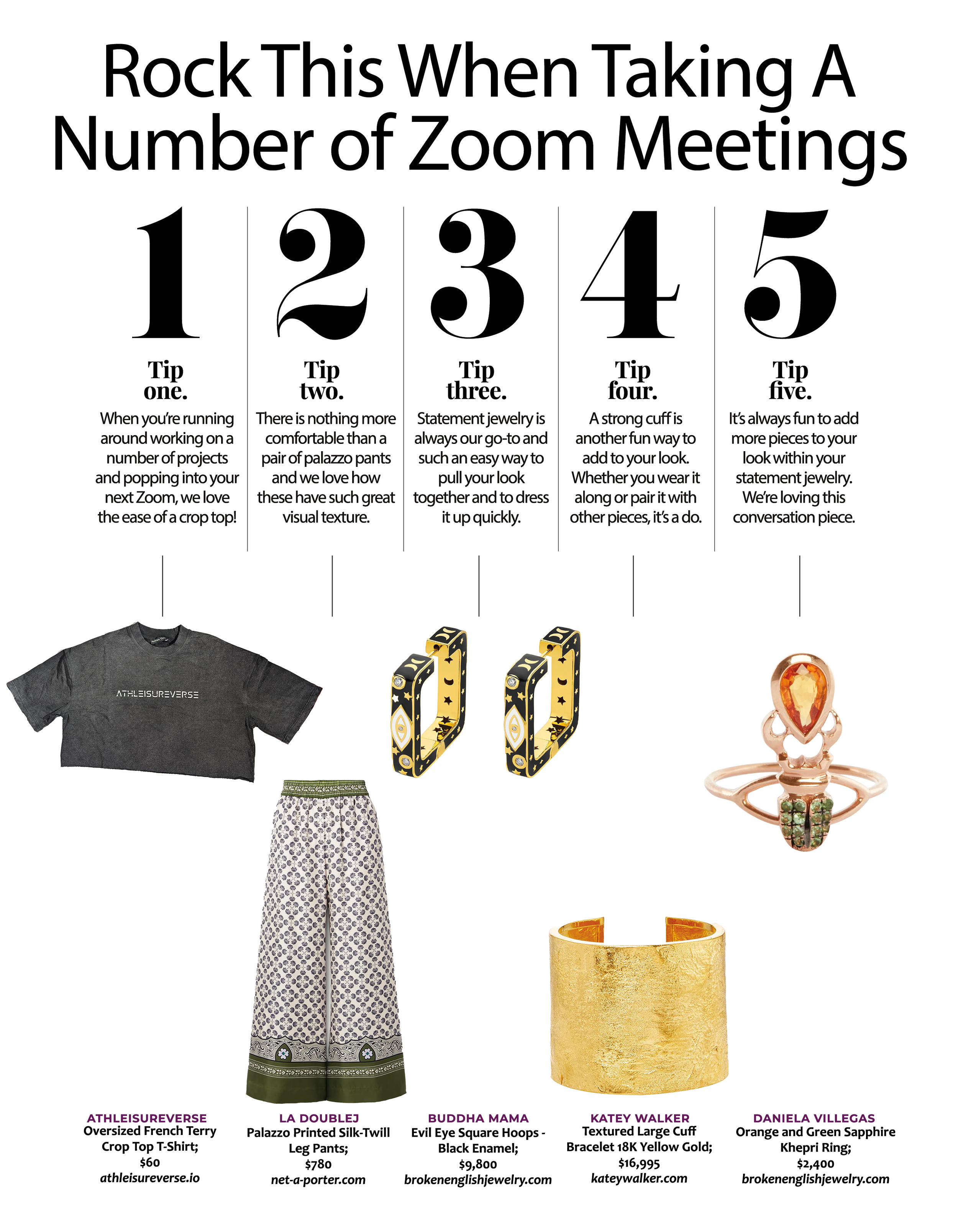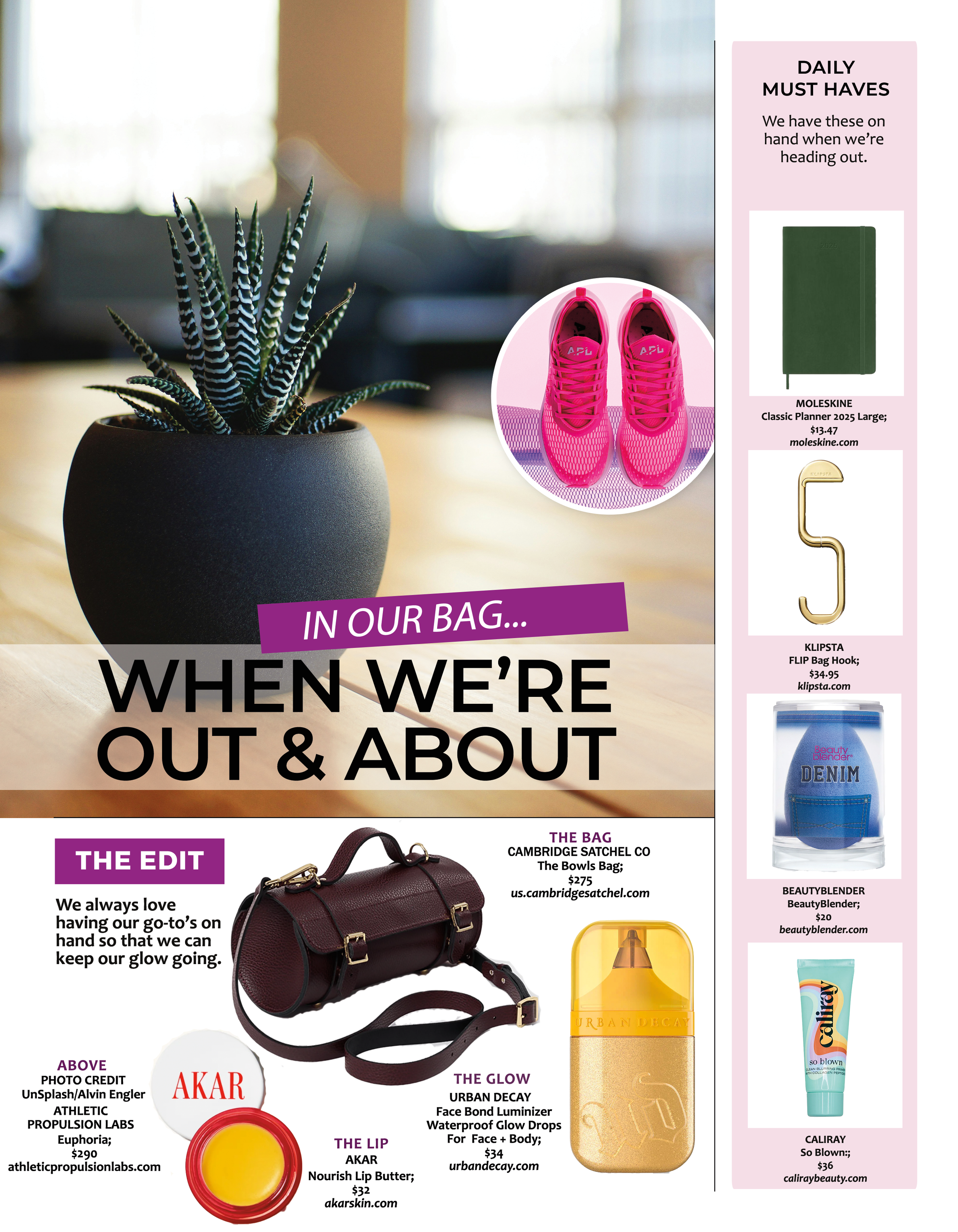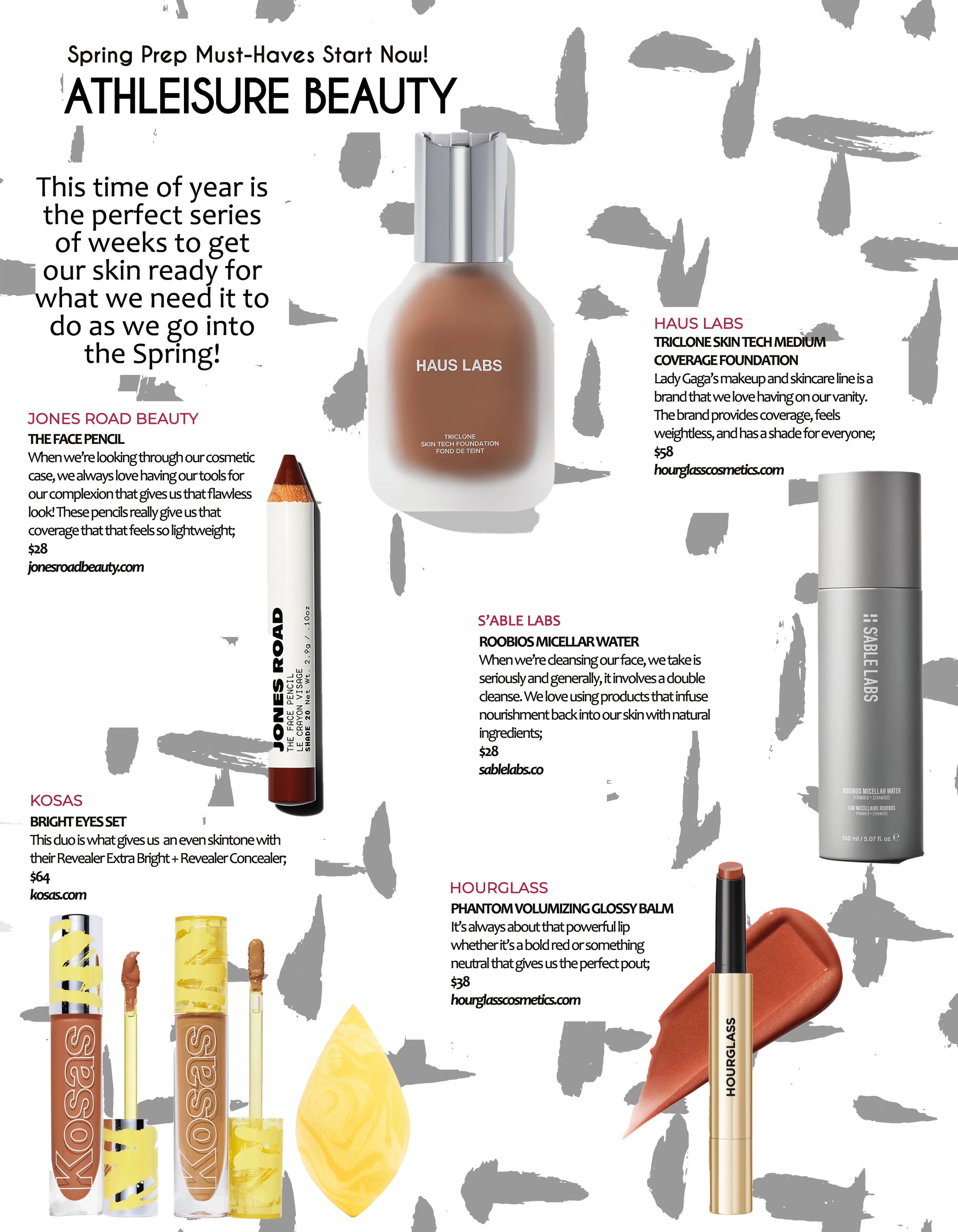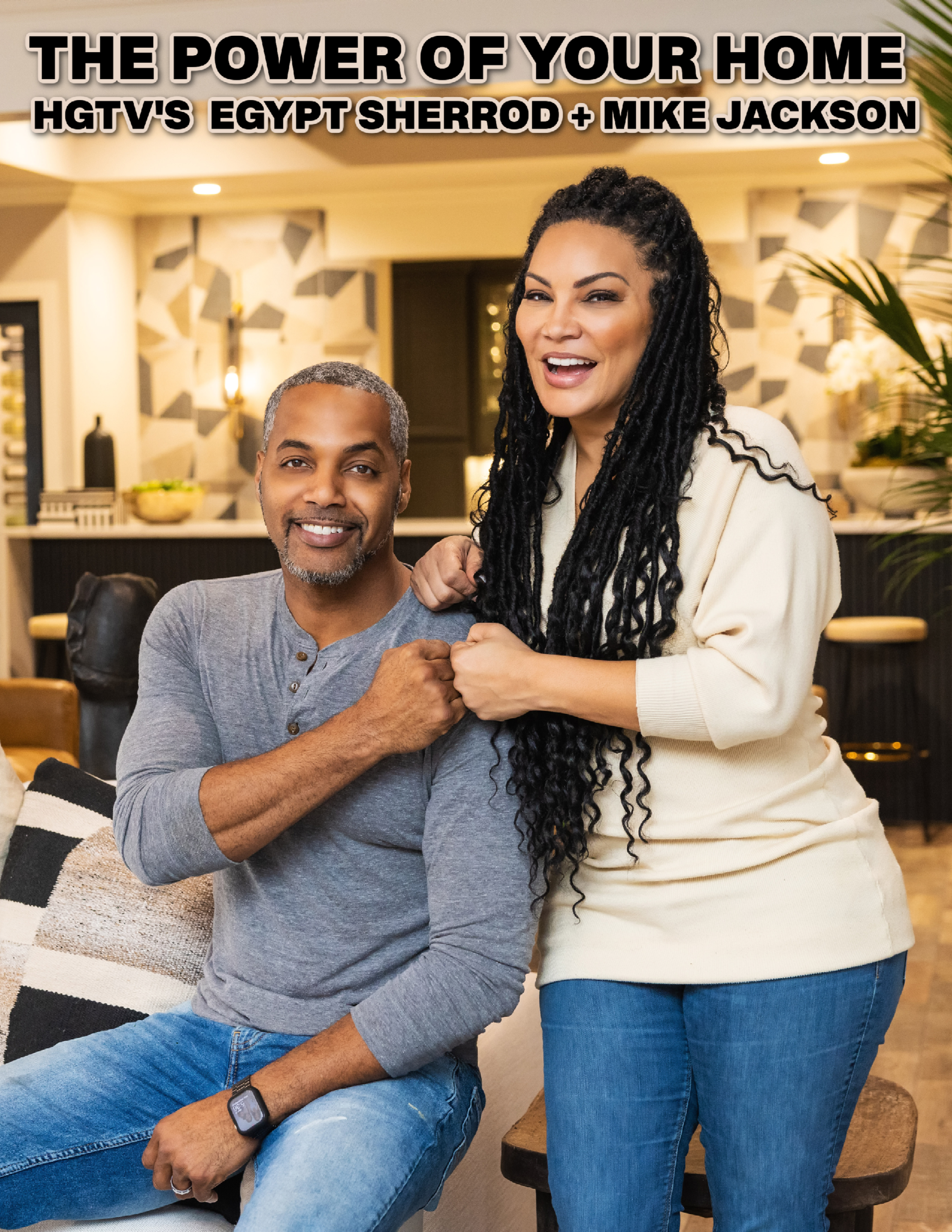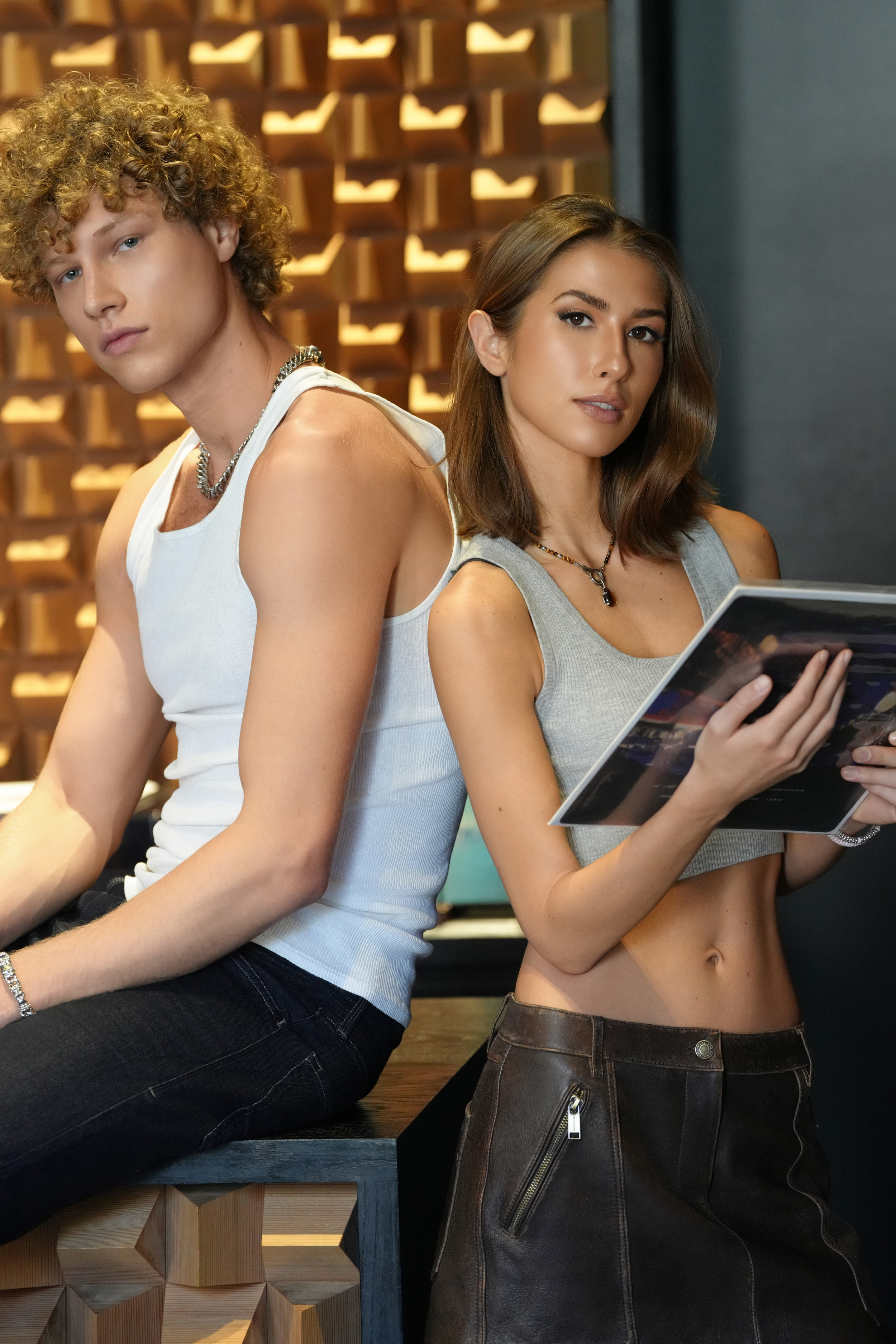Know Your Audience: Who Is the Dedicated Strength Athlete?
Let's be frank: you need to understand who you’re designing this space for. Are you catering to powerlifters, Olympic lifters perfecting their snatch technique, CrossFit athletes tackling WODs, or bodybuilders chasing the ultimate pump? Most likely, it's a blend of all these disciplines. Identifying these nuanced profiles will inform your layout and equipment decisions. Think of a powerlifter needing a sturdy power rack, a specialized deadlift platform. An Olympic lifter benefits from high ceilings and ample bail-out space. A CrossFitter needs versatility. And the bodybuilder? They might appreciate machines, but also require space for posing! Providing the right tools for the right discipline is key.
These athletes share common traits: high training volume, heavy lifts as the foundation of their workouts, and a need for specialized equipment. They appreciate open space, tolerate (even create) noise, and demand exacting equipment standards.
Space Planning and Layout Optimization
Space is paramount. A power cage needs approximately 100–150 sq. ft., potentially more for Olympic lifting. Traffic flow is critical. Isolate noise-intensive areas from the general gym space. Nobody wants to practice yoga next to someone maxing out a deadlift.
Consider open versus sectioned zones. Multifunctional spaces can combine strength and functional training. Zoning is a growing trend, and for good reason!
Ceiling height is crucial for Olympic lifts – aim for at least 12 feet, ideally more. Ensure clear sightlines and sufficient spacing between platforms and racks to prevent collisions. Think of it as orchestrating a dance floor where the dancers are lifting hundreds of pounds.
Don't overlook utilities. Electrical outlets are essential for phone chargers, fans, and recovery tools. Lighting should be bright and consistent. Chalk containment is a must – chalk buckets and strategically placed stands are crucial. Adequate ventilation is also critical; it’s going to get sweaty.
ADA compliance is a crucial consideration. Accessibility for injured athletes is also key. Providing clear pathways, ramps, and ample maneuverability makes a significant difference.
Must-Have Equipment for a Dedicated Strength Training Zone
Now for the exciting part: the gear. Invest in high-quality, durable equipment that can withstand heavy use. Don't skimp on quality here.
● Barbells: Olympic barbells are essential, powerlifting-specific bars are great, a dedicated deadlift bar, and perhaps even a safety squat bar. Rogue Fitness is a popular brand; their Ohio Bar is a classic.
● Plates: Bumper plates are non-negotiable, with a suitable weight range. Calibrated plates are a nice touch for record-chasers. Consider Hi-Temp bumpers; they’re incredibly durable.
● Platforms & Flooring: Shock-absorbing, non-slip deadlift platforms are a must. Proper flooring is an investment. I recommend a multi-layered system.
● Racks & Cages: Power racks are the workhorses. Half racks offer versatility. Integrated platform/rack systems are excellent for dedicated stations.
● Benches: Flat benches are essential. Incline benches are great for accessory work. Adjustable benches add even more versatility.
● Accessory Tools: Bands for assistance work, chains for accommodating resistance, chalk stands, lifting blocks for partial range-of-motion training, and plyo boxes. Don’t forget the small items – they add up!
Consider commercial-grade versus competition-grade equipment based on your gym’s target clientele and programming. Commercial-grade is typically more durable for general use, while competition-grade is built to exacting specifications. If you're aiming to attract serious powerlifters, competition-grade is worth the investment.
Flooring, Acoustics, and Durability Considerations
The foundation of your strength zone is, well, the foundation. Flooring is critical. Opt for a multi-layered system, beginning with rubber tiles. Sublayer options include wood platforms or recycled rubber for additional cushioning. This helps absorb impact and protects your subfloor. Expect to invest roughly $5 - $15 per square foot for quality flooring.
Sound dampening materials are vital to minimize bar drop noise. This includes wall protection, too. Soundproofing panels are effective, as are clamps and corner guards to prevent damage. Your neighbors will thank you.
Moisture resistance and ease of cleaning are essential. Ensure you can easily clean spills and maintain sanitation. A good antimicrobial cleaner is essential. Consider branding the flooring with gym logos or athlete names for a personalized touch.
Culture and Community: Designing for Motivation and Belonging
Here's where it becomes interesting. It’s not just about equipment; it’s about atmosphere. High-performance athletes expect a certain vibe.
Consider your music system. Volume control is essential, allowing athletes to listen to their music within reason, but playlist curation can also set the tone. A compelling pump-up playlist can make all the difference.
Wall graphics, motivational signage, and record boards are great for inspiration. Designate "elite" training zones or time blocks to foster a sense of exclusivity. Highlight athlete accomplishments with posters or digital leaderboards.
The goal is to cultivate a respectful, hardcore but inclusive atmosphere. It’s a fine line, but it’s crucial for building a strong community. Athlete Etiquette & Education Stations are a must! Incorporate signage or staff-led orientations on space usage expectations. Teach proper re-racking, spotting techniques, and general gym etiquette. A little education goes a long way.
Additional Amenities That Elevate the Experience
Small touches often significantly impact the overall experience. Recovery stations with foam rollers, massage guns, and even ice baths can be a major draw. Lockable lifting gear storage is a valuable convenience.
Nutrition vending machines or fueling stations are great for pre- or post-workout needs. Dedicated changing areas or athlete lounges provide space for relaxation. Access to on-site coaching or programming support is a major selling point. A qualified sports therapist can also be a valuable asset.
Safety, Supervision, and Maintenance Best Practices
Safety is paramount. Daily weight checklists and organization are essential. Train your staff in spotting techniques, etiquette enforcement, and minor repairs. A well-trained team is invaluable.
Regular flooring and rack inspections are crucial for preventing accidents. Liability signage placement and waiver requirements are non-negotiable. Clearly marked injury protocol stations with first aid, ice packs, and AED access are crucial.


